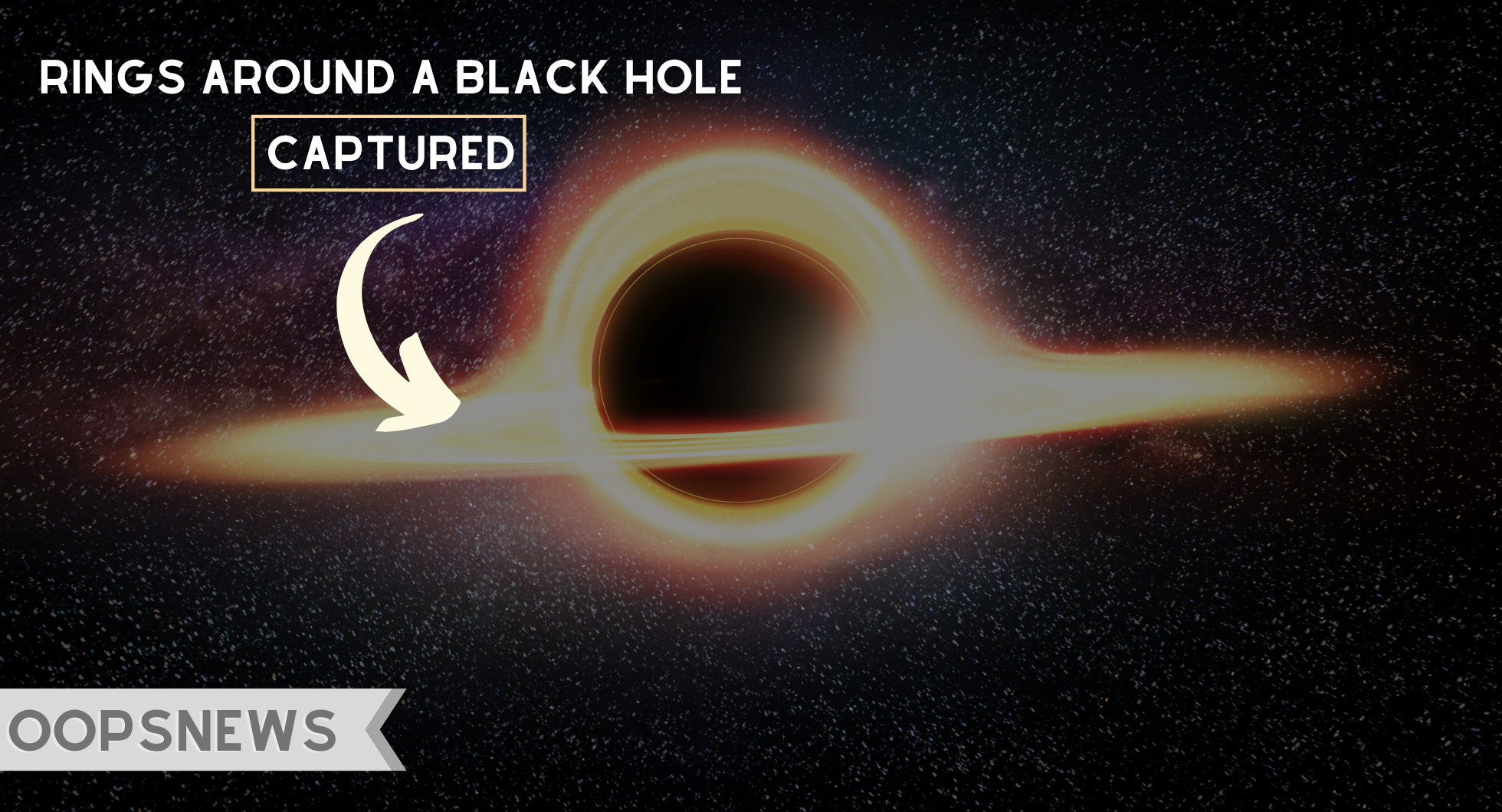Sun’s magnificent latest close-up opens window to study the fireball in detail

Sun’s magnificent latest close-up, which the Daniel K. Inouye Solar Telescope, a new instrument based on Earth has initially delivered, has opened a new window to study the fireball in detail.
These snapshots, capturing an area of the burbling solar atmosphere, are giving the world an idea of just how powerful this telescope truly is. They showcase an area over 51,000 miles across at a resolution of 11 miles per pixel – a region about as wide as nine Russias lined up side by side.
Just under 94 million miles away from Earth, the Sun is considered to be the origin of life on the Earth. The fireball, 864,000 miles in diameter and 10,000 degrees Fahrenheit on the surface, is 109 times wider than the Earth.
The National Science Foundation-funded observatory will take exceptionally clear images of the sun and analyze the magnetic fields of solar particles like as sunspots, flares, and coronal mass ejections, the plasma blasted from the sun’s corona. As a result, power grids and telecommunications infrastructures on Earth may be severely disrupted by these events, which could have catastrophic effects.
Although these natural occurrences are uncommon, scientists still lack the ability to predict space weather accurately. In March 1989, a solar flare shut out electricity for 12 hours across the whole province of Quebec in Canada. Additionally, Radio Free Europe’s radio signals were disrupted.
Read: Solar Flares: A Threat to Earth?
The telescope, which was given the late Hawaii u.s. Senator Inouye’s name, will assist astronomers in their study underlying physics of space weather. The ground-based observatory will also interact with two space telescopes that are now collecting data: the Parker Solar Probe, launched by NASA two years ago, and the Solar Orbiter, a collaborative mission of the European Space Agency and NASA launched in February 2020.
NSF director Sethuraman Panchanathan said in a statement that the Inouye telescope’s “insights will change how our governments, and the world, forecast and prepare for events like solar storms.”
The solar observatory is perched on Haleakal, a dormant volcano that towers over Maui at a height of 10,000 feet. The name Haleakal means “home of the sun” in Hawaiian. Legend has it that the god Maui lassoed the bright star in the sky from the top of the volcano to lengthen the day.
But it wasn’t because of its appropriate title that scientists constructed the facility there in collaboration with the Native Hawaiians. The summit, according to foundation directors, also offers unique environmental features that enable astronomers to better study the solar corona.
More than seven times closer than the previous record-holder for a close solar pass, the Helios 2 spacecraft, which came within 27 million miles in 1976, and about a tenth as close as Mercury, which is, on average, the Parker Solar Probe flew to within 3.8 million miles of the Sun’s surface on the final three orbits on June 2, 2022.
Now, the the Daniel K. Inouye Solar Telescope, the project’s construction of which began in 2012, has started adding to the Parker and other solar probes’ attempts to learn more about the mysterious fireball.


